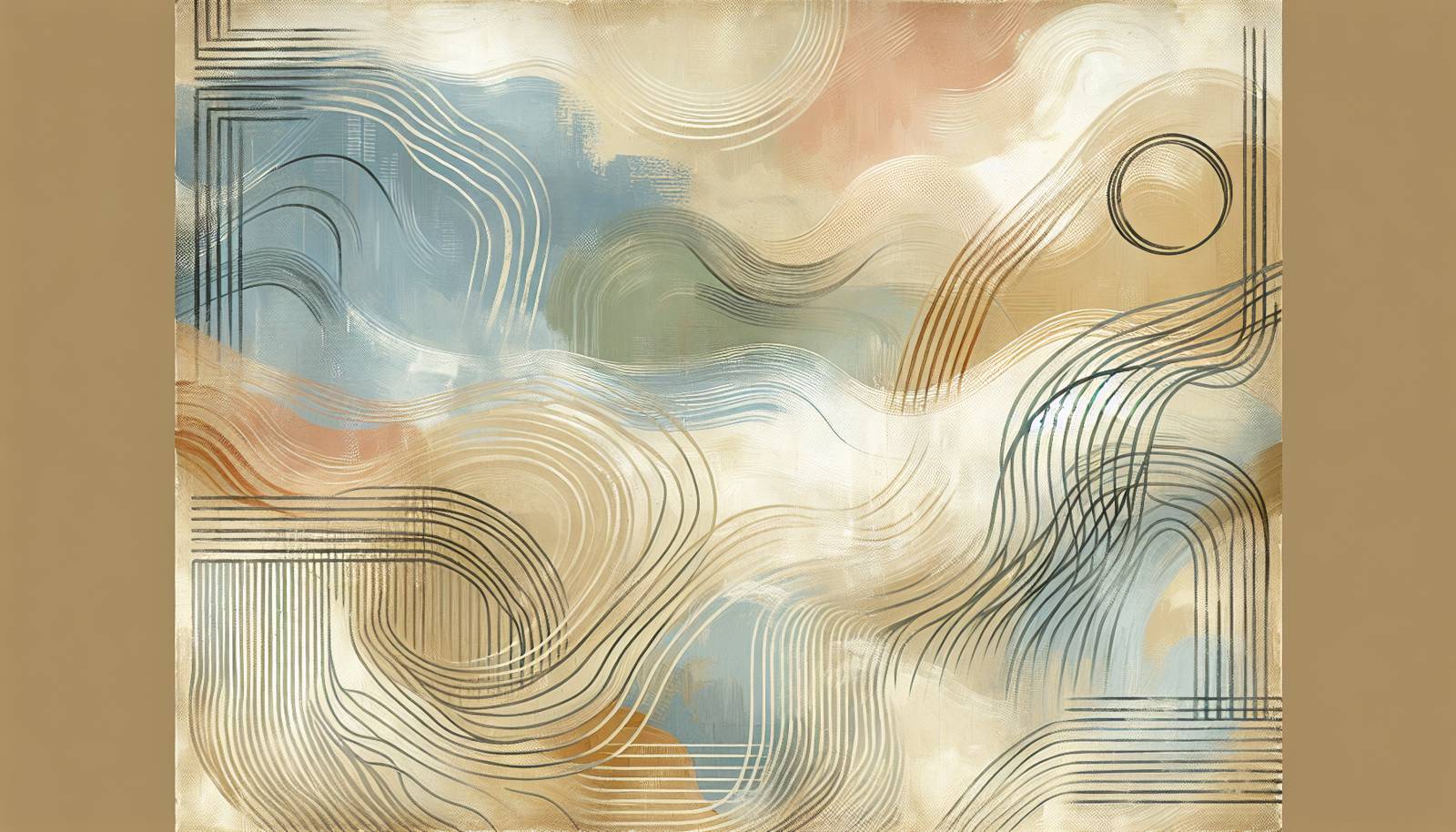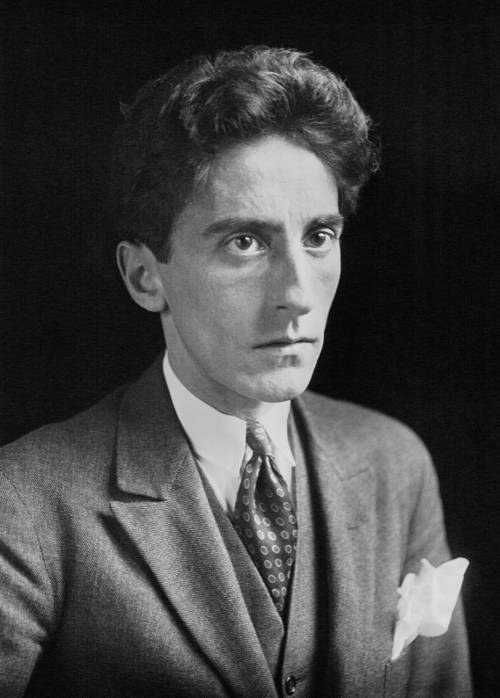
FAQ About Jean Cocteau

Who was Jean Cocteau?
Jean Cocteau was a French writer, filmmaker, and artist who played a key role in the avant-garde movement of the 20th century. His work spanned various forms, including literature, film, theater, and visual arts, making him one of the most versatile artists of his time. Cocteau was also known for his collaborations with other artists and his influence on surrealism and other modern art movements.

What are some of Jean Cocteau's most famous works?
Some of Jean Cocteau's most famous works include the novel Les Enfants Terribles and the film La Belle et la Bête (Beauty and the Beast). He also wrote the play La Machine Infernale and directed the avant-garde film Orphée (Orpheus). These works are celebrated for their innovative storytelling and visual style.

How did Jean Cocteau influence the avant-garde movement?
Jean Cocteau influenced the avant-garde movement through his experimental approach to art and storytelling. He broke conventional boundaries, blending various artistic mediums, including poetry, films, and theatre, which inspired other artists to explore beyond traditional forms. Additionally, his collaborations with other avant-garde artists, such as Picasso and Stravinsky, and his involvement with the surrealist movement enhanced his influence.

What was Jean Cocteau's role in film history?
Jean Cocteau was a pioneering filmmaker, creating films that incorporated surrealism and innovative visual techniques. His most notable contributions to film include La Belle et la Bête and Orphée, which are considered classics in cinematic art. Cocteau's films often explored themes of myth, dream-like realities, and altered perceptions, influencing the development of modern filmmaking.

Was Jean Cocteau part of the Surrealist movement?
Jean Cocteau was associated with the Surrealist movement, although his relationship with it was complex. He shared many artistic ideas with surrealists, including a focus on dreams and the subconscious, yet he never officially aligned himself with the movement. Despite this, his works were highly influential in popularizing surrealist aesthetics.

How did Jean Cocteau contribute to literature?
Jean Cocteau contributed to literature with his poetic and novelistic works that often explored themes of beauty, fantasy, and imagination. His novel Les Enfants Terribles is considered a masterpiece of 20th-century literature. Cocteau's writing style was characterized by its lyrical quality, inventive use of language, and exploration of human emotions and psychological depth.

What themes are commonly found in Jean Cocteau's works?
Common themes in Jean Cocteau's works include the exploration of dreams and subconscious experiences, the interplay between reality and fantasy, and the reinterpretation of classical myths. His works often reflect a fascination with beauty, the transformative power of art, and the complexities of human relationships.

Did Jean Cocteau collaborate with other artists?
Yes, Jean Cocteau collaborated with several notable artists from various disciplines. He worked with Pablo Picasso on set designs for his plays and collaborated with composers like Erik Satie and Igor Stravinsky on various projects. These collaborations highlight Cocteau's ability to transcend artistic boundaries and integrate different art forms into his work.

Where can I see Jean Cocteau's artworks today?
Jean Cocteau's artworks can be seen in several art museums and galleries, primarily in France. The Jean Cocteau Museum in Menton, France, houses a comprehensive collection of his drawings, ceramics, photographs, and manuscripts. Many of his artworks are also held in private collections and can be seen in special exhibitions worldwide.

What is the significance of Jean Cocteau's film 'La Belle et la Bête'?
'La Belle et la Bête', directed by Jean Cocteau in 1946, is significant for its innovative visual style and storytelling approach. The film reinterprets the classic fairy tale with surrealist elements and artistic cinematography, setting a high standard for fantasy films. It is praised for its magical atmosphere and creative techniques, making it a landmark in film history.

How did Jean Cocteau's personal life influence his work?
Jean Cocteau's personal life significantly influenced his artistic output. His relationships and collaborations with other prominent cultural figures of his time informed his creative works. Additionally, his open exploration of themes related to his sexual identity, personal experiences, and struggles with addiction provided depth and authenticity to his creations, especially in his literature and films.

What is Jean Cocteau's legacy in modern art and culture?
Jean Cocteau's legacy in modern art and culture is marked by his multidisciplinary approach and innovative vision. He opened the doors for future artists to explore cross-medium creations and influenced various aspects of modern art, theater, and film. His work continues to inspire artists today and is studied for its unique blend of myth, artistry, and emotional depth.

What distinctive style did Jean Cocteau bring to his films?
Jean Cocteau brought a distinctive style to his films that combined magical realism with poetic imagery. He often used symbolic imagery, theatrical visual effects, and transformative narratives to explore dream-like and mythological themes. His approach to storytelling through film was both avant-garde and deeply humanistic, leaving a lasting impact on cinematic art.

Did Jean Cocteau write any plays?
Yes, Jean Cocteau wrote several plays. Some of his most famous theatrical works include La Machine Infernale and Les Parents Terribles. His plays are known for their innovative use of language and theatrical settings, as well as their exploration of complex emotional and psychological themes.

How did Jean Cocteau's friendship with Picasso impact his work?
Jean Cocteau's friendship with Pablo Picasso had a profound impact on his work, particularly in the visual arts and theater. Picasso designed costumes and sets for Cocteau's plays, and their collaboration brought a unique fusion of artistic styles. This partnership exemplified the cross-pollination of ideas in the avant-garde movement, enriching Cocteau's creative endeavors.

What impact did Jean Cocteau have on French culture?
Jean Cocteau had a significant impact on French culture through his diverse contributions to literature, film, art, and theater. His avant-garde approach and collaborations with other leading artists helped shape modern French art and culture. Cocteau's works continue to be celebrated in France and globally for their artistic daring and enduring influence.

What awards did Jean Cocteau receive during his lifetime?
Jean Cocteau received numerous accolades during his lifetime for his contributions to the arts. One of the most prestigious was his election to the Académie Française in 1955, recognizing his influence on French literature and culture. He was also honored with several film awards for his innovative cinematic contributions.

How is Jean Cocteau's poetry characterized?
Jean Cocteau's poetry is characterized by its lyrical quality, surreal imagery, and introspective themes. His poems often delve into the exploration of dreams, human emotions, and artistic imagination, employing a unique blend of classical and experimental techniques that reflect his broader artistic philosophy.

What role did music play in Jean Cocteau's works?
Music played a significant role in Jean Cocteau's works, often serving as a critical component of his theatrical and cinematic productions. He collaborated with composers like Erik Satie, Darius Milhaud, and Igor Stravinsky, integrating music to enhance the emotional and aesthetic depth of his narratives, further blurring the lines between different art forms.

How did Jean Cocteau's art reflect his time?
Jean Cocteau's art reflected the modernist and avant-garde currents of his time through its innovative and boundary-pushing qualities. His works addressed contemporary themes of identity, transformation, and the blending of reality with artifice, mirroring the cultural and social dynamics of early to mid-20th-century France and influencing future artistic trends.
